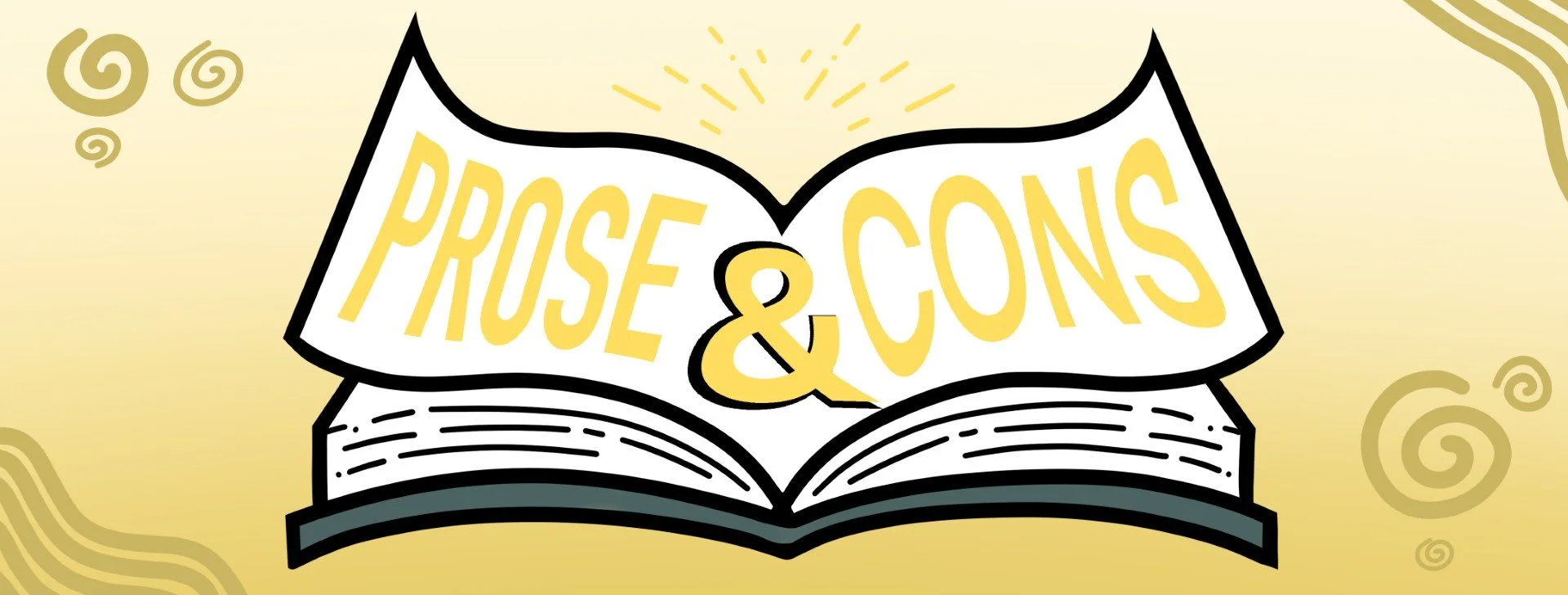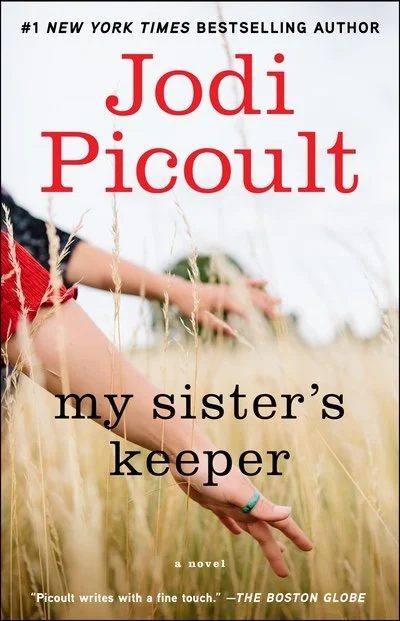Stronger Together: The Crossover Between Literary and Commercial Fiction
/There's a common view of literary fiction that says it must be serious and philosophical—and, for a while, that was true. Literary fiction meant books like Toni Morrison's Beloved or To Kill a Mockingbird by Harper Lee—books whose plots revolved around social issues and whose action took place within the characters' minds. If you wanted a grand adventure or a mystery to solve, you had to turn to commercial fiction (also called “genre” or “mainstream fiction”), where the story's ultimate intrigue lay in finding a clear-cut solution to a problem. Creative literature was written to fit within neat categories; crossover was rare.
Over the last couple of decades, however, the scopes of these respective kinds of literature have crept closer together. This merge can be described as both a result of and an influencing factor in societal evolution, demonstrating how literature evolves alongside humanity. In what ways, then, does this creeping scope affect modern fiction, and what does it reveal about us?
To understand the intersection between literary and commercial fiction, we must first understand the two terms on their own. The phrase "literary fiction" first popped up in the 1970s as a way to categorize non-commercial novels. Unlike commercial fiction, whose main purpose is to entertain, literary fiction prioritizes style, character complexity and development. Its works tend to be more niche, connecting with audiences by provoking emotion and encouraging them to critically assess their morals and values. As a result, the genre gained a reputation for being "serious" or "experimental."
Commercial fiction usually holds the opposite reputation. It is marketed towards readers who want excitement, adventure and an escape from mundanity. Commercial works are driven by plot, with key events that change the tide of the story. It is also common for works within a given genre to share similar tropes and themes. These books are often pulled along by popular culture and current trends, leading to frequent thematic fluctuation over the years. Most notably, the last quarter of the 20th century saw the emergence of fantasy and horror as recognized genres. Today, there are countless different genres and subgenres to choose between—anywhere from Reedsy's 107 subgenres to Amazon's 16,000.
In the past, commercial fiction has been regarded as inferior literature by readers of literary fiction—but this is not strictly true. Jodi Picoult, author of 29 widely acclaimed novels, including My Sister’s Keeper, is a frequent advocate that the difference between literary and commercial fiction is in how the public chooses to judge them. “For reasons I don't really understand in this country,” she writes on her website, “literary fiction is considered intelligent, and commercial fiction considered successful.”
The instinct to hold the two categories apart proliferates the literary world, but Picoult is one of a growing list of authors who has continually proven that this approach is unnecessary. In an article for The Nation, author and associate professor Dan Sinykin provides a list featuring a handful of writers whose work marries literary and commercial fiction, including Mohsin Hamid (dystopia), Marlon James (fantasy) and Claire Vaye Watkins (post-apocalypticism). The success of this combination, Sinykin says, comes from “leveraging the commercialism of genre while investing it, through their [the authors’] artistry, with gravitas.” In other words, packaging robust literary themes alongside mainstream fiction allows readers to experience meaningful entertainment.
Emily Henry, author of bestselling novels such as Beach Read and Funny Story, is another writer who is proving to the industry that commercial and literary fiction are stronger together. She is known for her fresh take on contemporary romance, providing readers with all of their favourite genre features—like witty banter and classic tropes—served alongside raw and philosophically complex themes like grief, connection and identity.
Over the years, the focus of creative literature has shifted. We are beginning to see that there are more ways to connect with an audience than through strict adherence to a genre; the growing demand for stories that strike the delicate balance between escapism and authenticity is proof. Spurred on by writers who borrow inspiration from outside their chosen genre, the links between commercial fiction's entertainment factor and the thought-provoking narratives which define literary fiction are becoming stronger, and the trend will only continue to grow from here. This is not the end of literary evolution, though. Literature is malleable, and our art will always reflect our desires and experiences. Simply put, so long as humanity changes, creative fiction will adapt and evolve with us.
photo by benjamin cheer (capital concept media)
Braelyn Cheer has always had a passion for words and the ways they fit together. From the moment she learned how to read, Cheer’s love for the English language and its intricacies drove her to seek growth opportunities in the realm of writing. At the age of 13, Cheer applied for and was accepted to Canterbury High School’s Literary Arts program. There, she was exposed to many different forms of literature, including various genres of fiction, non-fiction, poetry and even songwriting. She graduated with honours in 2021 and is now in her last year of Professional Writing at Algonquin College. Upon graduation, she plans to pursue further education with the goal of becoming an editor.






